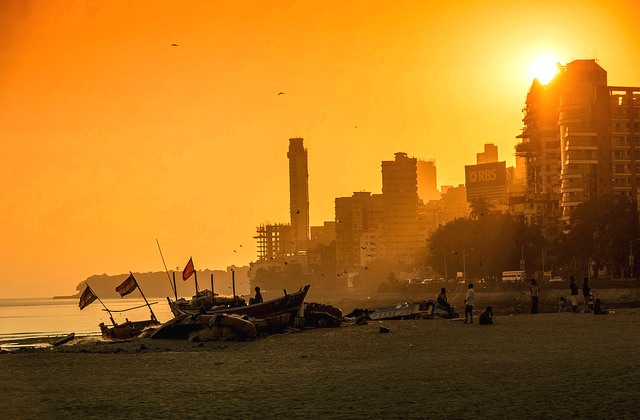Why Mumbai's Failure Is India's Failure

Ever since the new government came to power in Delhi, there have been oft-repeated, clarion calls for ‘big-bang reforms’. That India needs reforms in several forms, fields and ministries is indisputable, but what kind of reforms, especially in the nation's crumbling cities, can drive economic growth, improve the quality of life and ensure inclusive development?
India’s urban population is expected to rise from 400 million to over 800 million by 2050. Mumbai’s population alone is expected to increase from 18 million to around 38 million by 2050. Urban India is expected to contribute 3/4th of India’s GDP by 2020 with our cities poised to become the engines of economic growth.
To develop city-systems that rival those of global benchmark cities such as New York and London, we need a two-pronged approach; building capacities and increasing resources – both human and financial. The heart of creating impact lies in execution, and without preparing our cities adequately to handle the proposed onslaught of reforms, we can hardly expect a transformation in our urban areas.While the wallets of our cities are influenced by the State and the Centre, a closer look at the expenditure of the municipal corporation – the main steward of the city – gives a true picture of the urbanization crisis.
Reports by McKinsey and the High Powered Expert Committee (set up by the MoUD) indicate that the investments in urban infrastructure and services could be anywhere between $800 billion to $1 trillion over the next two decades. India’s commercial and financial capital, Mumbai, has always enjoyed a relatively bigger budget compared to other Indian cities.
The 2013-14 budget for the Municipal Corporation of Greater Mumbai (with population of 12.44 million) was Rs 29,415 crore (budget per capita – 23,641), while the municipal corporations of Bangalore (with population of 8.44 million) and Ahmedabad (with population of 5.57 million) proposed budgets of Rs 9,730 crore (budget per capita – 11,523) and Rs 4,136 crore (budget per capita – 7414) respectively. These amounts pale in comparison to that of cities like New York whose operating budget for 2014-15 was a staggering Rs 4,62,357 crore.
Even in terms of per capita capital expenditure,Mumbai comes right on top with Rs 7,587 followed by Thiruvananthapuram and Pune, which are the only two other cities with expenditures greater than Rs.4,000. Mumbai’s per capita capital expenditure remains a dwarf among giants when pitted against London and New York, which spend Rs 15,177 and Rs 21,322 respectively. If our cities aim to become world-class urban centres of growth, their investments have to keep up with the burgeoning urban population growth.
Assuming that our country does pump in adequate capital into our urban areas, our cities have no human resources to deploy that capital effectively. There is a massive constraint both in terms of quantity and quality of civic employees across all cities in India. The cadre and recruitment rules that define staffing patternsfor many states are remnants of the pre-independence era and have not been updated since
Among Indian cities, Mumbai performs well in terms of the staff strength of its corporation. With 895 employees per 1,00,000 citizens, Mumbai is second only to Delhi’s 1,260. Other Indian cities have an abysmal 444 per 1,00,000 citizens. Both Delhi and Mumbai, however, falter in significance to New York’s 5,338, London’s 2,961 and Durban’s 3,109 per 1,00,000 population respectively.
As citizens, we are aware of the apparent problems in our cities – population explosion, lack of infrastructure and degradation of our city’s civic facilities. There is no dearth of ideas for legislation that might change the face of our cities.
However, without manpower and capital, both powerful enablers of effective execution, our cities remain powerless to seamlessly turn reforms into positive results for citizens. You could liken the scenario to travelling the world on a substandard aircraft with the lingering risk of it not being able to soar into the skies.
(The author is associated with Janaagraha, a non-profit organisation based in Bangalore, that works with citizens and the government to improve the quality of life in Indian cities and towns.)
(Image Credit: Flickr)
This article is a part of our series “Mumbai Special: The Revival Agenda”. You can read the whole series here.
_________________________________________________________
“Liked this story? Indiaspend.org is a non-profit, and we depend on readers like you to drive our public-interest journalism efforts. Donate Rs 500; Rs 1,000, Rs 2,000.”


